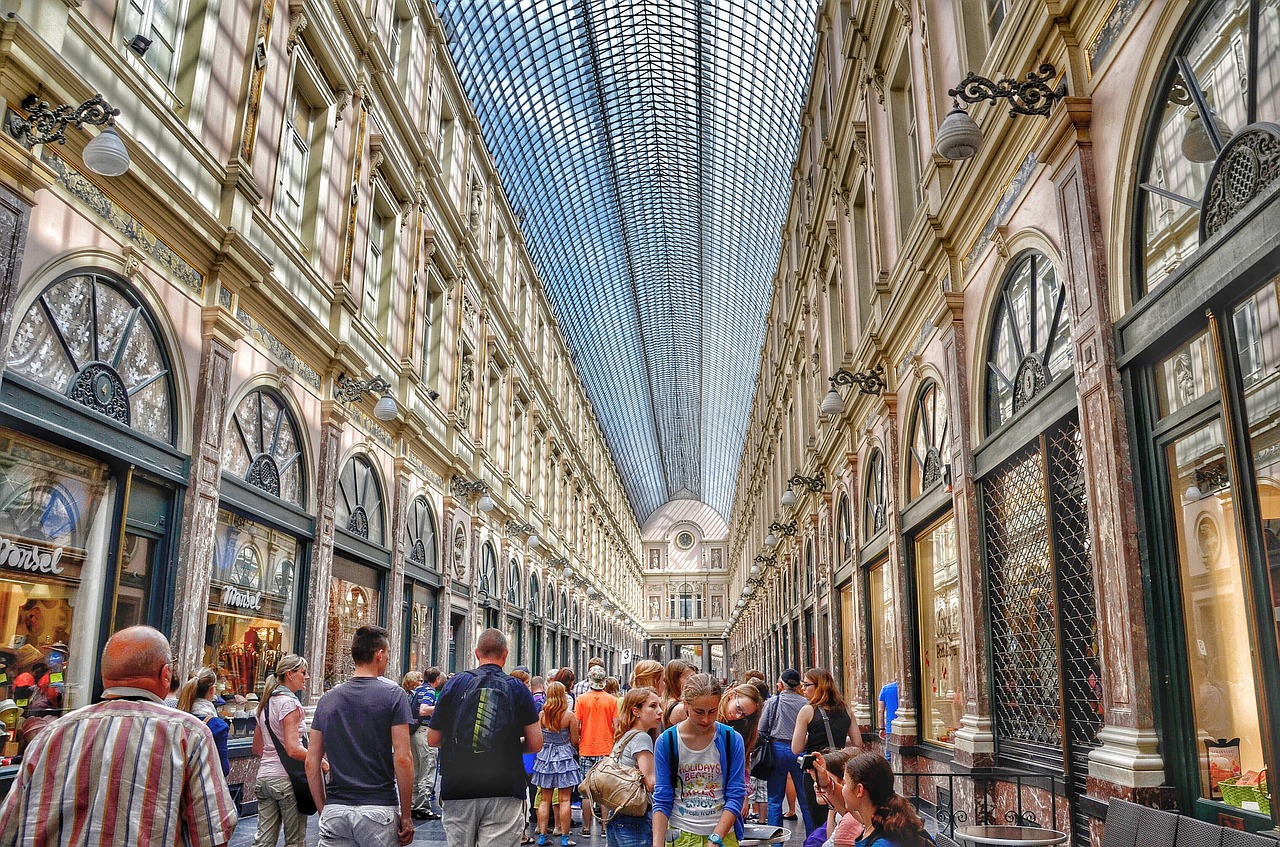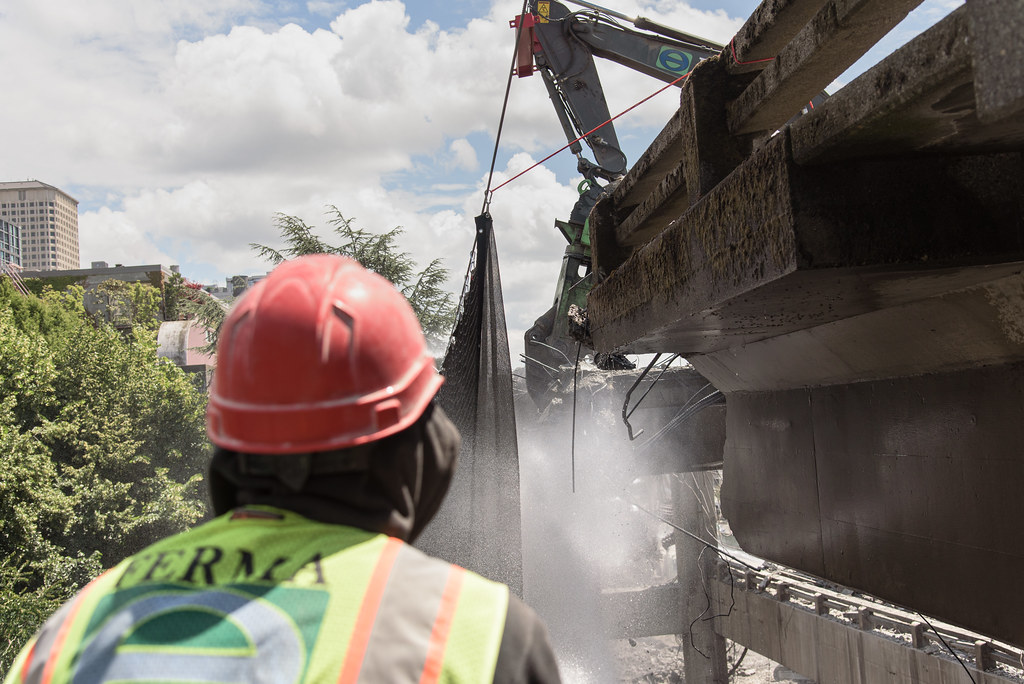eCommerce has been a consistent challenge for the high street. It is commonly presented as evidence when high street retailers begin to struggle. In 2020, it seemed, due to the necessity of online shopping and the closure of brick and mortar stores, that the transition to eCommerce was finally inevitable
What has actually happened is far more interesting. Retailers are once again proving their durability and adaptability, by changing the way they interact with customers and adapting their services. Combined with a continued, and in some areas increasing, demand, 2021 looks to be a successful year for shopping.
Click and Collect
Due to the efficiency of ordering online, especially with next day, and even same-day, delivery options, customers have become more expectant of high street retailers, wanting them to match the same expedited service. Nearly 40% of customers now prioritise convenience over 23% who choose cost.
This shift in demand has prompted an increasing number of high street retailers to offer click and collect and local delivery services to their stores. In turn, this means a growing number of customers will look to their local area before choosing online retailers, since brick and mortar stores are able to offer or deliver their product more quickly, actually giving them an advantage over digital alternatives.
Supporting Locality
From stocking local products on shelves to advertising local events on sign fittings, more retailers are celebrating locality. This is a response to increasing local demand, as demonstrated each year by Google, who show staggering increases in local and in my area searches.
Perhaps this ties into the aforementioned convenience of proximity, which customers are demonstrating a growing preference for. Or, as many Christmas shopping campaigns would suggest, shopping locally benefits the community and supports independent businesses. Regardless of the reasons, it is prompting retailers to better establish their presence online, because before heading to the high street to browse, customers are looking online first.
Beyond Retail
A challenge of many retailers is rising overheads, such as increasing rental costs, and it’s prompting them to reconsider their utilisation of their operation. Connecting with customers beyond the simple sale of products allows for many to increase their return on investment, while simultaneously growing their customer base.
For example, bookstores have recently begun using their shop spaces to host book clubs, author talks, and various events, often holding them after their typical retail hours. By doing so, they not only increase their daily takings but also establish themselves as an important and valued venue to the community, one that offers more than aisles to browse.
Customer & Brand Identity
As the many examples of brand cancelling have demonstrated, customers are shopping for more than products. They are seeking to buy from retailers that echo their own identity and moral views, especially those pertaining to the environment and social justice. As a result, more brands are broadcasting their identities, displaying them instore and online to improve their bond with customers.
A significant part of shopping is no longer browsing, which can alternatively be done online, but for customers to measure a brand’s identity, ensuring it matches their own.



